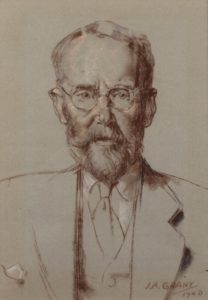
1869 - 1955
Samuel John Birch

description
An English Post-impressionist artist, one of the most significant representatives of the second wave of the art colony “Newlyn School”.
Samuel was born into a poor family, was the eldest son of ten children. Soon the family moved to Manchester. A twelve-year-old teenager went to work at the mill. However, his artistic talent was soon revealed.
Known as the organizer of the colony “Lamorm”, which became the successor to the school of Newlyn. In 1924, he became a corresponding member of the Royal Academy of Arts, and then a full member of the Academy (1932). Constantly participated in the exhibitions of the Royal Academy, where he showed over 200 canvases, as well as in the largest exhibitions of other galleries and museums in England and Europe. During his long creative career, Birch created several thousand paintings. Becoming a famous master, Birch responded to the requests of emerging artists and worked as a teacher, including in New Zealand.
Key ideas:
– Apart from a brief study at the Colarossi Academy in Paris, Samuel was a talented self-taught artist who had learnt new things from his like-minded comrades. His main topic became landscapes; his main rule was to work in any weather in the open air.
– The fishing village of Lamorna, located in a picturesque area in the southwestern county of Cornwall, became the place where Birch worked most fruitfully. His landscape canvases – the forest and its edges, the bay and the river – are painted in a lively manner. Particularly expressive are the lonely standing old trees, resembling the paintings of Cezanne due to the fact that the painter uses clear contour lines characteristic of Post-impressionists. This technique gives Birch’s plots a certain amount of decoration.
– The painter’s palette, not distinguished by its special color under the influence of the main Newlyn artists gradually becomes more festive, similar to the favorite gamma of Impressionists.
1869
1889
1892
1895 - 1896
1896
1902
1906
1924
1932
1947
1955
The birth of the artist
Joined the group of artists in Newlyn
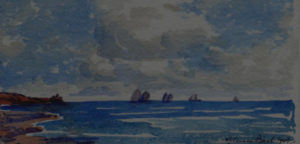
For the first time exhibited a painting at the Royal Academy of Arts
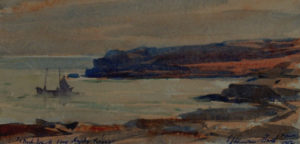
Went to Paris
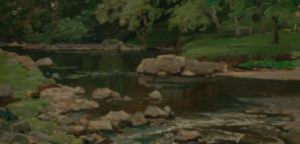
«SJ Lamorna Birch»
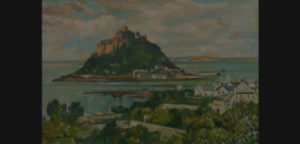
Settled in a cottage in Lamorna

The first solo exhibition

Became a corresponding member of the Royal Academy of Fine Arts of England
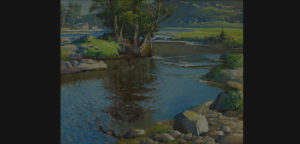
He was elected a full member of the Royal Academy of Great Britain
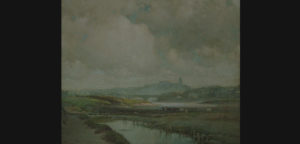
Two paintings by the artist were gifted to the queen and duke of Edinburgh
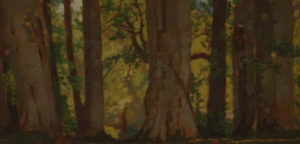
The death of the artist

